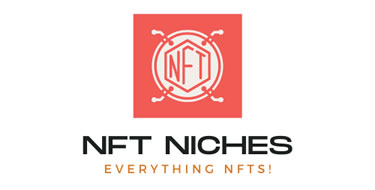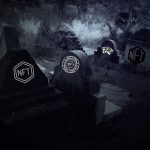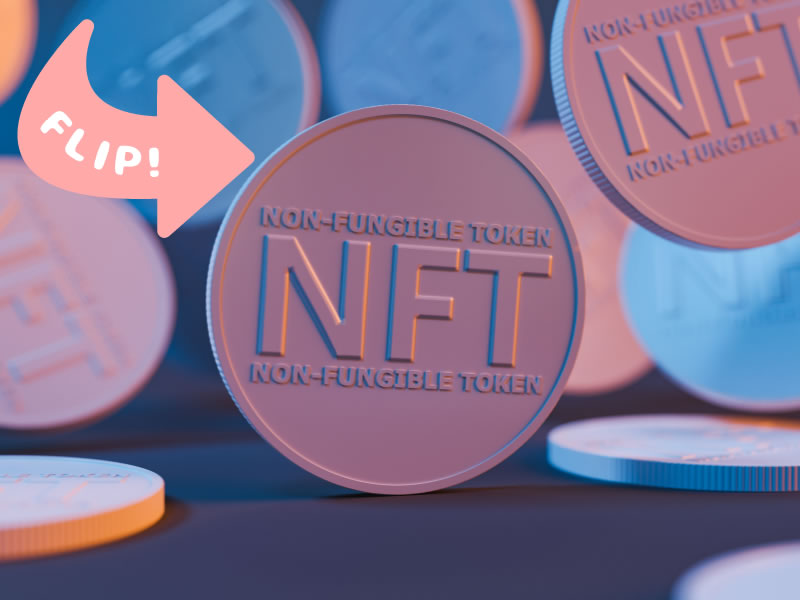Many artists create amazing pieces of art but struggle to find buyers.
Artists with a following can sell their art with ease, but for others it’s not so straight forward.
There is now an industry where just by being an artist, with just a small following, can mean a sell out of a collection. A collection of digital versions of their art, and some are retiring as millionaires as a result, some overnight.
Although this sounds like a get rich quick scheme, and too good to be true, it isn’t.
By selling art as digital copies as an NFT, artists are not only finding an audience and buyers for their work, but they are marketing in an underserved space with NFT collectors just waiting to buy.
Many artists have heard about NFTs, but few know what they truly are, and even less know how to create one.
Creating an NFT and listing it for sale is far easier now than it was a couple of years ago. Market place tools and step by step tutorials are now available aplenty helping established and budding artist take their first steps into the digital art world which now, thanks to NFTs, a hungry audience with which to sell them to.
Having spoken with several artists recently, many are keen to enter the space but equally as many don’t quite understand what’s involved, are worried about all the technical jargon, concerned about scammers and hackers and not quite understanding what an NFT actually is or how they work.
This article is for those artists. We’ll break down the process step-by-step, explain what NFTs are and how they work, how to turn digital art in to an NFT and how to make money from them.
What is NFT art?
Let’s start off with some basics.
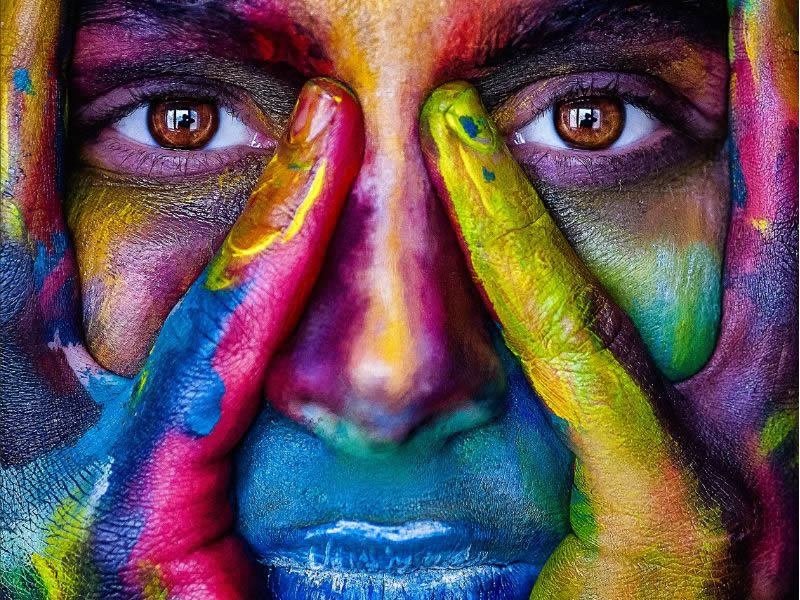
An NFT, which stands for Non-Fungible Token, is a piece of computer code stored with other pieces of computer code. The code is stored in blocks of data, and these blocks are connected one by one like a daisy chain – hence the term ‘the blockchain’.
The NFT is created using another piece of computer code called a smart contract provides all the rules to the blockchain on how the NFT should be created.
The smart contract is created first.
The purpose of the smart contract, is to contain details about the artwork including the creator, the royalties, where the artwork will be saved etc.
Each time an NFT is purchased for the first time it goes through a process known as minting. This process officially creates the NFT, and it’s given a unique address (ID) and details about the piece.
Every NFT is individual with a unique address, often a unique art piece name and perhaps a description by the artist about the piece.
The minting process uses the smart contract, which will have already be on the blockchain at this point and provides the NFT a complete set of records including it’s name, the creator, the date it was created (known as the mint date), the link to the digital artwork stored on a PC somewhere and details of anyone that has bought or sold this NFT since it was created.
This NFT on the blockchain cannot be overwritten, stolen, changed, or forged. Its contents are what’s known as immutable – they are set in stone and can never be changed.
The Benefits of NFT Art
For the clever eagle-eye artists among you, the benefits of an NFT may be screaming at you but just to explain and put into context, it means the ownership of the art can always be proved.
For every popular piece or art there are thousands of copies and many forgeries. Understanding what’s real or not is a huge problem.
Forgery techniques are becoming more sophisticated and even experts have challenging times separating the real from the fake.
Now imagine a world this didn’t exist. Every piece of art can be traced back through a thorough and irrefutable audit trail.
Like a guaranteed provenance.
This is just one, quite major, advantage of NFTs for not only artists but also collectors, as proof of ownership is absolute.
Almost every artist I spoke to didn’t know that the NFT can be programmed so that every time the NFT art is bought and sold, a share of the sale can automatically be paid to the artist – forever!
It’s known as an NFT royalty, and it’s quite commonplace in the NFT space.
A typical royalty amount is between 5% and 10%, meaning any time the art is resold the artist is paid a share again and again for life.
The art could sell in 40 years’ time and, if the artist still has access to their digital wallet, the royalty set at the time the NFT was created would be automatically paid across.
There is a caveat here though. Up until Summer 2022 the process of royalty payments was set in stone, but clever programmers have found ways of avoiding the royalty payment by creating a peer-to-peer trading platform.
These platforms have recently been able to bypass the royalty clause, but only a small fraction of NFTs is traded on these platforms. OpenSea is the biggest NFT platform by far, and NFTs traded on this platform mean royalties are paid to the artist on every sale.
There are over a million NFT buyers, and they are hungry to increase their NFT collection.
Many entered the NFT space to make money. Some did, many didn’t, and although there are those seeking quick flips there are many seeing NFTs as the next biggest thing in digital assets and ownership.
So much of people’s lives are stored online. In the 1980s, 1990s and early 2000’s people still took polaroid photos and then had them developed at pharmacies.
Today we have thousands and thousands of our memories stored on online cloud services, cell phones and storage devices.
We are no longer pull-out family photos albums but instead ask Alexa to display them on TVs.
Does this make them any less real?
No, of course not. We get the same satisfaction looking at a digital collection as we do a physical photo album.
The same can be said with art.
Hanging art on a wall and being able to hold it is one thing, but it is the feeling of ownership and the value the art holds which triggers the same emotional response whether physical or digital.
There are even NFT digital frames that can display the NFTs you hold, meaning those still wanting to display the art on their wall still can.
How to Create NFT Art
There are a few options available to anyone looking to turn their amazing art in to an NFT.
The best option depends on a few factors:
- How technically minded you are and willing to learn some code
- How many NFTs you want to create from your art
- Whether you want to fractionalize your art (more on this below)
- How much budget you have (only relevant if you want to outsource the NFT creation)
As the number of NFT buyers and sellers increased, so did developer tools helping non-technical users create a smart contract and sell their NFT with ease.
The online NFT tools work great if you have a handful of NFTs to sell.
They work great for artists with a small collection of art who are looking to sell digitally as an NFT. They don’t work so well for those wanting to launch a 10,000 strong NFT collection.
The easiest to use and most popular is the free NFT tool offered by OpenSea.
OpenSea NFT Tool
OpenSea, for those not familiar with the platform, is the largest and most popular NFT marketplace.
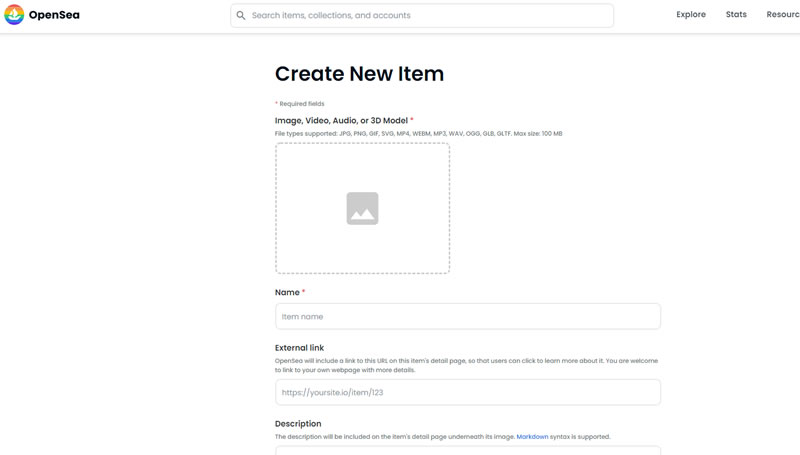
Started in 2017 it is home to the biggest NFT collections such as CryptoPunks, Bored Ape Yacht Club and Beeple’s ‘The First 5000 Days’ which sold for $69 million!
They have created a tool with simplicity in mind.
If you can complete an online form, you will be able to create – and list for sale – an NFT in less than 15mins!
Suggested Reading: Here you find our full step by step guide to create an NFT using the OpenSea NFT Tool!
Each NFT must be created one by one, but for an artist who wants to create anywhere up to 20 to 30 NFTs this is by far the best option.
Even with a portfolio of 100 pieces of art, and therefore 100 NFTs to create, it will be the cheapest option despite requiring many hours to complete.
Fractionalize NFT Art
NFTs can either be created on a one-to-one basis, or by fractionalizing them.
A one-to-one basis simply means one person 100% owns an NFT whereas fractionalization means many people can own part share of one NFT.
When an NFT is fractionalized, it is split in to as many equal pieces as required. It can be as few as 2 or as many as 10,000 or more.
If, for example, the NFT is split in to 100 fractionalized pieces it means the owner of each piece owns 1% of the NFT.
A buyer can purchase multiple pieces for a greater share if they choose.
Why would someone want to fractionalize their art?
An artist with a popular piece may find it easier to sell a one hundredth share of the art for $5,000, rather than just one buyer at $500,000.
Even if just 25% of the fractionalized NFT pieces sold, it would still represent a return of $125,000 for the creator.
Fortunately, the fractionalization of the NFT, as well as the automation of the buying and selling can be set up through the free OpenSea Online Tool (link above).
Outsource the NFT Creation
For those artists who want a completely hands-off setup, there are many providers who can set up and create your NFTs for you.
By outsourcing the work to someone else it means you can be sure the NFTs are setup correctly.
Costs vary considerably depending on the type of provider, where they are located and how recommended they are.
There are plenty of people within online service marketplaces, such as Fiverr or Upwork, who can help with this.
It is worth noting that scams are plenty in the Web3 space of crypto and NFTs.
Choose a provider with good and trusted reviews, and ideally speak to other NFT creators who have used their services to find out how it went.
How to Sell NFT Art
With a newly created NFT its time to start selling!
Fortunately, platforms such as OpenSea and Magic Eden make this an easy straight forward process.
Setting a Price
To sell NFT art, the creator must set a price.
This can be by way of a fixed price or an auction although, currently, auctions are rarely used and most NFT buyers are used to purchasing with a fixed price.
Art is subjective of course. It is worth noting that the NFT space is still early, and there are a smaller number of buyers looking for art, but that doesn’t mean they don’t exist.
If you already have a following, and are an established artist, this will work in your favor.
Many NFT buyers are looking for quick or longer-term returns on the purchases, hoping they buy now for cheaper than it will be worth in the future.
On the other hand, there are some NFT buyers looking for art from up-and-coming artists where they either enjoy the artists work or believe in the artists future potential.
Look at other similar artists in the NFT space, check out their followers, their buyers, and the prices they are selling their collections for – and use this as a guide for your own.
It is worth noting that sales of NFTs are in cryptocurrency values rather than dollars.
Work out how much you want to charge in dollars and use a site such as Coinbase or Binance to find out the latest crypto prices.
If, for example, you wish to sell your art for $1,250 and today’s Ethereum (ETH) to Dollar price is $1,425, then you would list your NFT for sale at 0.87 ETH.
Please note that there are fees and charges for listing an NFT for sale, selling and NFT and then converting your Ethereum from the sale back to dollars.
Fees are very flexible but as a rough guide it will cost approx. $70 to sell an NFT for $1,250, which includes gas fees for listing, selling, and converting your sale back to dollars.
Gas Fees
There is often a small charge, known as the gas fee, that needs to be paid when listing an NFT for sale.
The price depends on several factors such as which network is being used (e.g., Ethereum, Solana etc..) and how high demand is for blockchain validations.
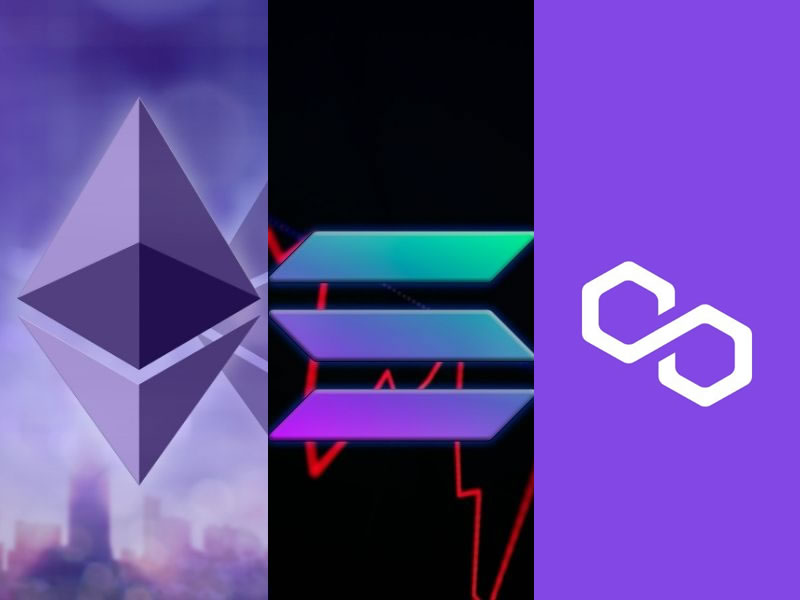
The cheapest network is Solana which will generally cost less than 1 cent to list an NFT for sale, whereas Ethereum is the most expensive with an average cost of around $5-$15 per NFT depending on demand at that time.
It may sound an obvious choice to create your NFT on the Solana network, but the majority of NFT buyers trade only in Ethereum, plus OpenSea’s free NFT tool will not allow you to create an NFT on the Solana network. Only the Ethereum and Polygon networks are possible.
Polygon is another option. The fees are comparable to Solana’s at around than 1 cent per listing for sale but there are even fewer NFT buyers trading in Polygon than Solana, so you will limit your pool of potential buyers.
Until OpenSea allows art NFTs to be created using their free tool on the Solana network, it is recommended artists use the Ethereum network to create their NFTs.
List for Sale
With your sale price decided it’s time to list your NFT for sale.
To do this simply use the ‘Sell’ button on your NFTs page, as shown in the image below:
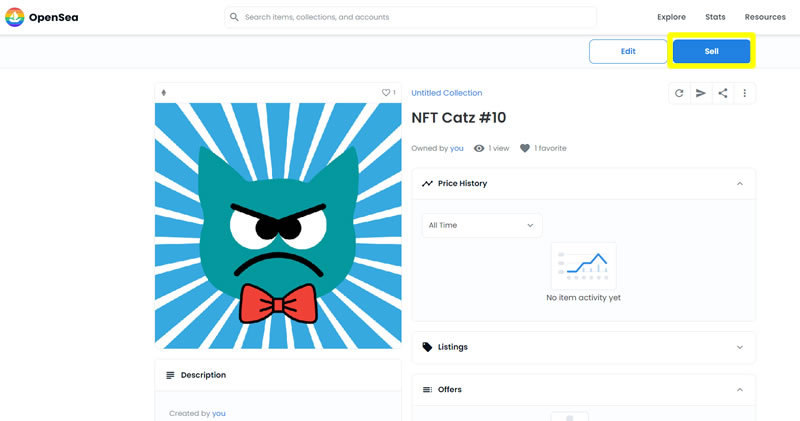
OpenSea will connect to your digital wallet, such as MetaMask, which will ask you to confirm the listing and agree and pay the list gas charge fee.
Once complete your art NFT will be listed for sale and ready for anyone on the platform to buy.
Making Money as an NFT Artist
NFTs are a new but growing industry.
It has been hit, like all other assets, in the bear market of 2022 but is expected to make a recovery like we will see in the stocks and shares and other financial markets.
Artists are poised to be able to take their talents and look to carve out a niche for themselves in the NFT industry.
New industries lead to opportunities and an ability to establish yourself as an NFT artist before other artists enter the space.
Making money though with NFT art is as much about marketing as it is creating the art and the NFT to go with it.
Social platforms such as Twitter, Instagram and Tik Tok are great places to be.
Create accounts, show off your work, communicate with other artists and your followers. Build a following by posting about you, your art, and your story.
Participate in artist and NFT forums, help and share information.
It takes time to build an affective and hungry audience but once you have it will be easier to sell your NFT art than simply listing it for a price.
You are early in an emerging space.
Take advantage. The rewards are awaiting good artists with inspiring art.
